The Portrayal of African Women in the Media
News
23/08/2017
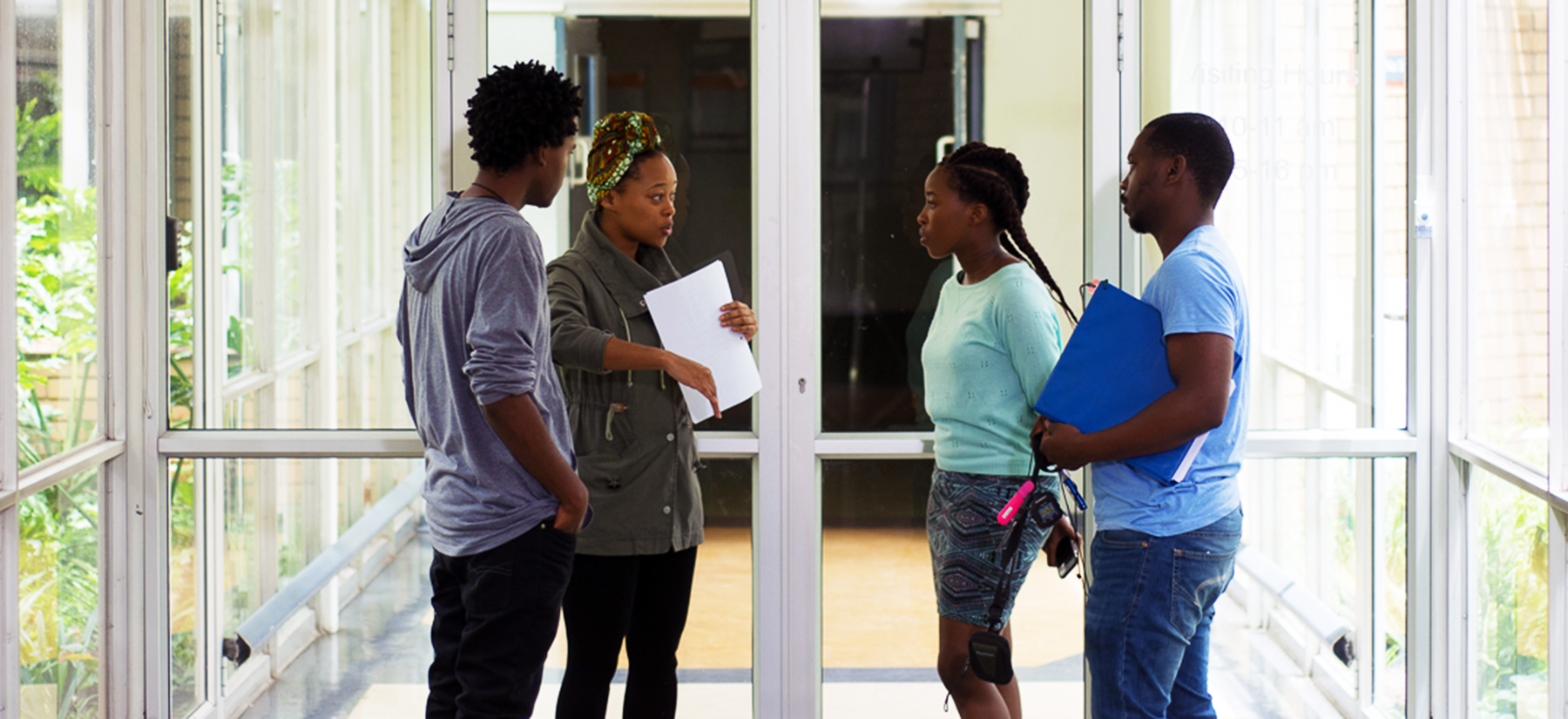
Think of the strongest womxn you’ve ever seen…
*Womxn, rather than women, is an inclusive term used by some that allows individuals to take ownership over their identity, and not to be defined by male language…
Whether it is on TV, in a movie, in a magazine, in a company or even just encountered in your everyday life. Think about how the womxn were portrayed, how you felt about them and how others responded to them. Now, let’s break it down further. When I said ‘strong’, what sort of womxn did you envision? Were they physically strong, independent, were they a boss – and do you see these sorts of womxn often enough?
Now let’s think about the exact ‘opposite’ – the womxn who are called meek, submissive and possibly weak in conviction. Why is it that the womxn we see in African mainstream media are so often portrayed in extreme opposites? If she isn’t an overly sexual seductress, then she must be an overly modest prude. If she isn’t a feminist man-hater then she is the ride-or-die chick that always prioritises her man over herself.
Does she have children? If yes, then is she the sort of womxn who sacrifices her livelihood for the sake of her kids? If not, is she shown as the selfish go-getter whose time and resources are used for her first? Do we not deserve to be shown within a spectrum rather than extremes that constantly oppose each other? What about characters who are vast, complex and dynamic? Those that exist outside of archetypes and stereotypes.
THE MAJORITY VIEW
Television, radio, magazines, the internet and media at large has leaned heavily on these ‘traditional’ view of womxn. 1,200 womxn who participated in an Essence survey spoke on how overwhelmingly negative they found images of Black womxn in the media. They felt that Black womxn fell into categories of Modern Jezebels, Angry Black Womxn, Mean Black Girls, Baby Mamas, Black Barbies, Rachet Womxn, Unhealthy Fat Black Womxn and Gold Diggers. Much of the same is true of African womxn in our own media. We may note these categories in different terms but the imagery is strikingly similar.
These are the very categories that the media exploits and rarely allows us to break out of. When womxn are seen as powerful, self-motivated and unapologetic, majority perceptions seek to demonise them. Performers like Beyoncé, Nadia Nakai and Tiwa Savage are told they’re overly sexual and bad role models. Khanyi Mbau is shrouded for being a gold digger. Strong womxn characters like Ntsiki from Generations and Cheryl de Villiers on Isidingo were constantly called witches.
Womxn so often get the raw deal. We so often aren’t given the room to fail, to grow or just to be. Our presences are either used as a lesson, a warning or serve as examples we should aim to be like according to patriarchal standards. When do we get to just exist?
POSITIVE PORTRAYALS
Shows like Rhythm City, Insecure, The Queen and How to Get Away with Murder have shown us how womxn can be dynamic, problematic and aspirational. We’ve seen it happen more often in local television too, with womxn on MTV Shuga who are some of the dynamic examples I’m speaking of.
Womxn who are both strong and vulnerable, able to stand up for themselves but also capable of making mistakes, those that aren’t on the extreme ends of angry and meek, and those who exist comfortably within the grey areas and outside the lines. We need more of these. So that we can see ourselves represented realistically, genuinely and living in a world that is ours.
So many more types of womxn are underrepresented in media, especially on television. Disabled womxn, trans womxn, womxn who are sex workers, womxn struggling with their mental health – and even when these womxn are represented, they are so often cast in a negative light with their identities serving as the story rather than simply a part of them.
Let’s expand these lines, break out of the roles that we’ve so long been told we belong in and triumph in the way that we are. Essence magazine Editor-in-Chief Vanessa K noted that, “If there were balance, if we saw more diversity, and it was more multi-dimensional there would be a truer picture of who we really are.”
Let us know what YOU think on our Twitter, Facebook, Instagram and YouTube pages, and become part of the discussion…
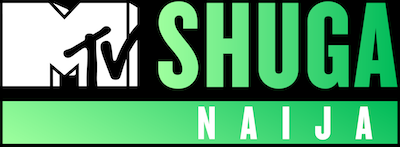
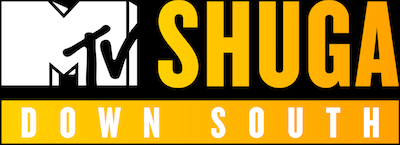
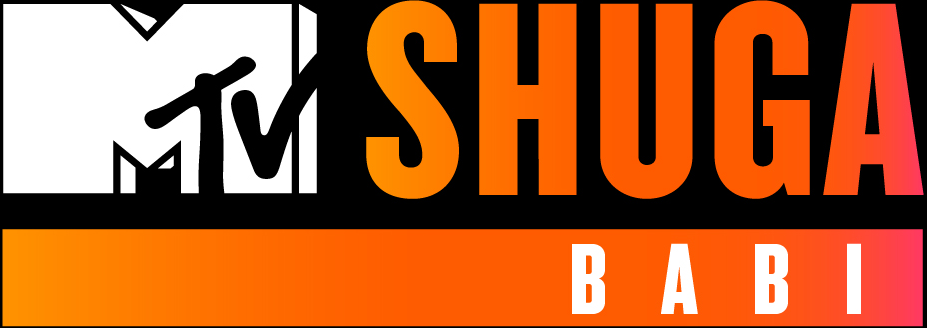




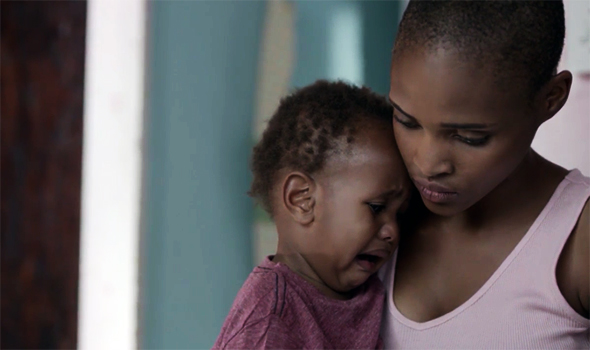
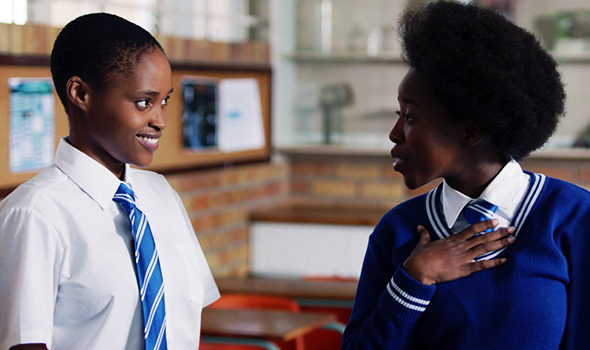
comments
Log In or register to comment